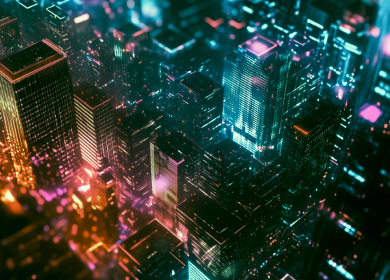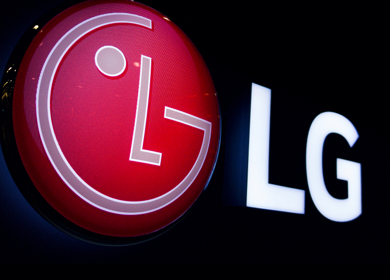Are AI-Generated Art and Avatars Good Enough for Marketing?
Published: December 12, 2022

It’s not just the most awaited movie of the year – Avatar – Part 2 that is trending. But also magic avatars generated from AI-art apps such as Lensa AI are going viral on social media. Powered by the open-source Stable Diffusion platform, this app allows users to turn their selfies into magic avatars.
Following the popularity of this app, the top three spots on the US app store are all held by AI photo editors. And, that includes Lensa AI at the top position followed by AI Art Image Generator and Dawn- AI Avatars.
Lately, AI Art has witnessed widespread adoption with around 1.7 million global installs from December 1 through 11, (up 229% from the 71,000 it saw from November 20 through 30). In fact, 8 out of the top 100 apps by downloads on the U.S. App Store were AI art apps during the same period.
AI app demand is not limited to the App Store. Many of the same apps are trending on Google Play, too. Besides, WhatsApp also recently rolled out a personalized avatar feature that enables users to set it up as a profile picture.
Generally, AI apps like these are trained on huge libraries of vision datasets. The program then picks out consistent patterns and themes in these images to generate something that matches the users’ prompt.
That being said, numerous controversies are emerging over this specific AI use case due to its ethical implications. However, for the time being, those concerns don’t seem to dampen consumer interest in this growing category.
It sure seems like avatars and AI art are everywhere and taking the world by storm.
What are the Challenges of Using AI Art in Marketing and Advertising?
Recent advances in AI art have opened up a new playground for advertisers and marketers. The ability to generate images with a simple prompt from the user can be a boon for creative brainstorming and the inspiration of new ideas.
However, the execution of ideas into the final output is what many may find challenging. To use generative AI effectively, human intervention is needed at both the beginning and the end of the process.
To start with, a human must enter a prompt into a generative model in order to have it create images. Generally speaking, creative prompts yield creative outputs. And, once a model generates imagery it needs to be evaluated and edited carefully. All this requires substantial manipulation and fine-tuning to get to the final outcome.
Leveraging AI-generated art, as it is, in a campaign or ad creative can lead to copyright conflicts and infringement. Since the visuals are generated by a machine-trained module, how can marketers duly attribute credit?
The overall accuracy and usage of AI-generated images remain a formidable challenge for advertisers to utilize AI art in campaigns. While some platforms such as Dall-E have attempted to introduce a watermark, more controls may be needed in place to regulate AI art.
As generative AI is still evolving, it should be clear that we are only scratching the surface of what organizations and people can do with them. Assuming that these AI models continue to progress, we can hardly imagine all of the opportunities and implications they may engender.
For now, these systems can assist in the creative generation process. The day we can generate brilliant ads at the push of a button still appears far off.










Be the first one to comment.